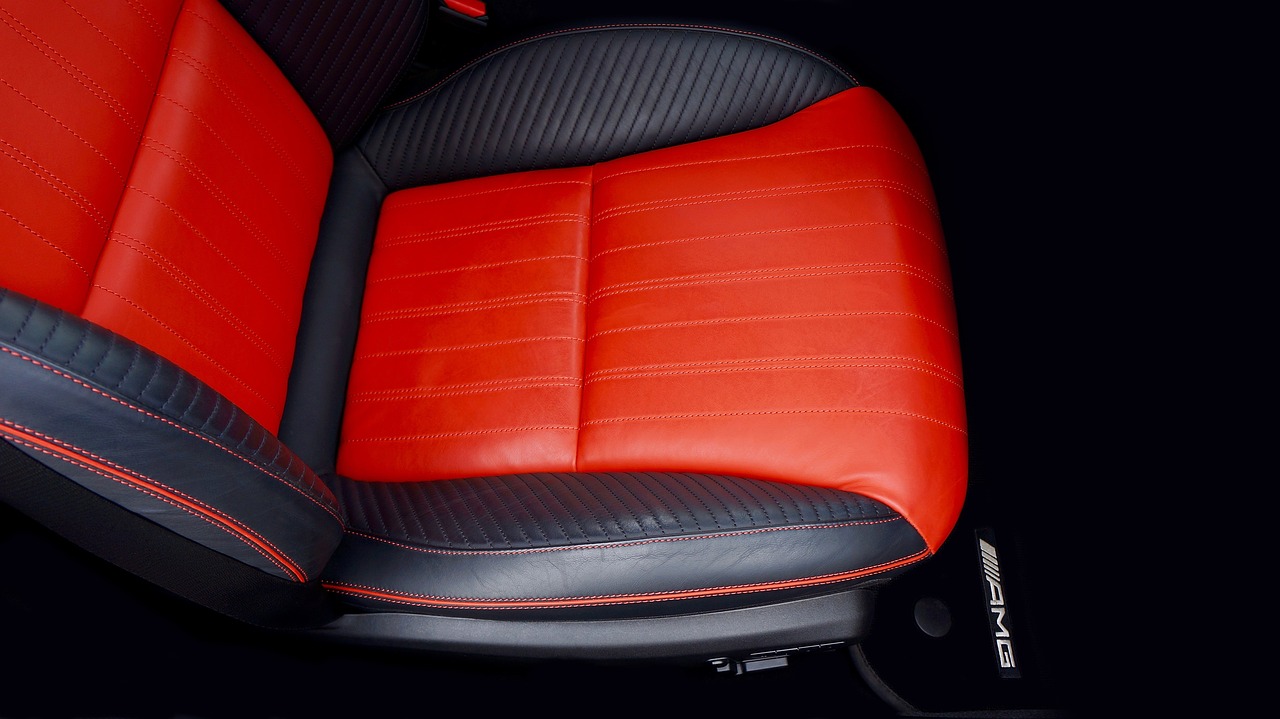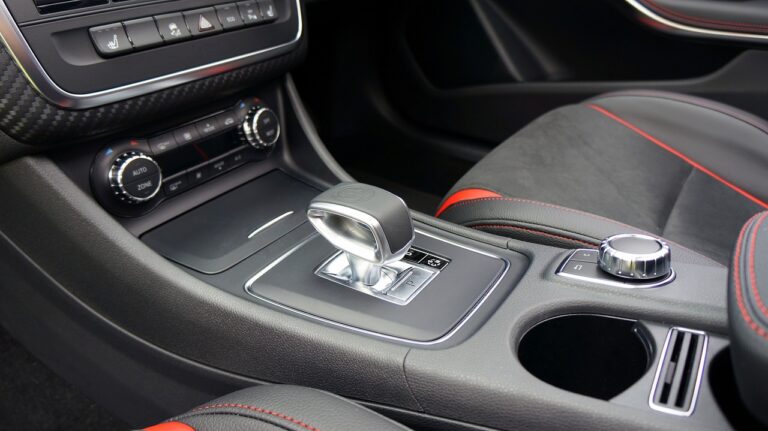The Role of Emotional Design in Shaping Car Preferences
When it comes to selecting a car, various factors play a crucial role in influencing an individual’s preference. One of the primary considerations is the functionality and practicality of the vehicle. For many consumers, features such as fuel efficiency, interior space, and safety ratings are paramount in their decision-making process. A car that ticks all the boxes in terms of utility is more likely to be favored over one that falls short in these aspects.
Another significant factor that influences car preference is the aesthetic appeal of the vehicle. People are naturally drawn to cars that not only perform well but also look visually appealing. Factors such as the design, color, and overall aesthetics of a car can evoke an emotional response in individuals, ultimately impacting their decision to choose one model over another. The visual appeal of a car is often a key determinant in shaping consumer preferences and driving their purchasing decisions.
• Functionality and practicality are key factors in car preference
• Features like fuel efficiency, interior space, and safety ratings are important considerations
• Aesthetics play a significant role in influencing car preference
• Design, color, and overall aesthetics can evoke an emotional response in consumers
Emotional Connection with Automobiles
The emotional connection that individuals develop with their automobiles plays a significant role in influencing their car preferences. Cars are not just modes of transportation; they become an extension of one’s personality and lifestyle. People often associate specific memories and experiences with their vehicles, creating a strong bond that goes beyond mere functionality.
This connection can stem from various factors, such as the design, color, performance, and even the brand of the car. For some, owning a particular model can evoke feelings of success, status, or nostalgia. The emotional attachment to automobiles can also be influenced by marketing and advertising strategies that aim to create a sense of desire and exclusivity among consumers.
The Impact of Branding on Car Choices
Car branding plays a significant role in influencing car choices for consumers around the world. The power of branding lies in creating a strong connection between the consumer and the values, image, and reputation associated with a particular car brand. Through consistent messaging, visual identity, and marketing efforts, car brands are able to evoke emotions and perceptions that sway consumer preferences.
Brand recognition and loyalty are key drivers in the decision-making process when it comes to purchasing a car. Consumers often gravitate towards brands that they trust and feel aligned with their own values and lifestyle. The perceived quality, reliability, and prestige associated with a specific brand can heavily influence a consumer’s final decision when selecting a car, highlighting the enduring impact of branding strategies in the automotive industry.
How important is branding when it comes to choosing a car?
Branding plays a significant role in influencing car choices as it helps create a unique identity and reputation for a particular car manufacturer.
What are some key factors that influence car preference?
Factors such as brand image, perceived quality, reputation, and emotional connection all play a role in shaping car preferences.
How does emotional connection impact car choices?
Emotional connection can greatly influence car choices by creating a sense of attachment and loyalty towards a particular brand or model.
Can branding affect the perceived value of a car?
Yes, branding can impact how consumers perceive the value of a car, with well-established brands often being associated with higher quality and prestige.
Are there any drawbacks to basing car choices solely on branding?
While branding can be a powerful influence, it is important for consumers to also consider other factors such as performance, features, and price when making a car decision.







